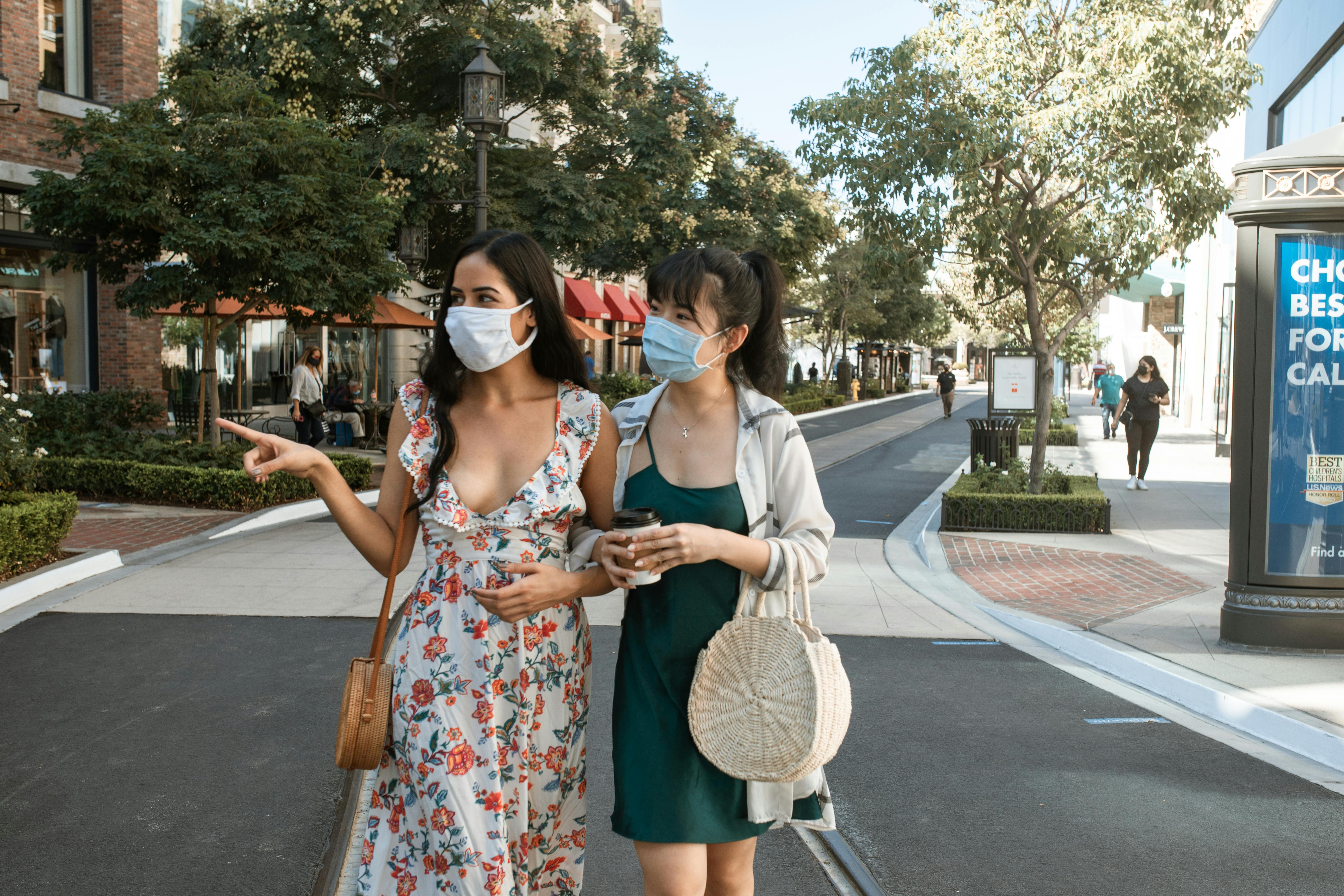
Art is a reflection of society: a perspective
Art has always been a reflection of emotions, personal struggle and events that break the path of a contemporary society. When a society demands or suffers a change, art has fulfilled it for the most part in a subtle way. The Oxford Dictionary describes art as “the quality, production, expression, or realm, according to aesthetic principles, of that which is beautiful, attractive, or of more than ordinary significance.” Indeed, art is definitely an expressive platform for individuals, groups, as well as for society, especially radical changes or witnessed events thereof. In general, it represents the current situation or a particular scenario in the realm of the political, economic, social, geographical situation, the emotions woven into it, the backgrounds of revolutions and uprisings, to name just a few.
If we are periodically going to talk about art as a reflection of society, then we start with the oldest. ‘Prehistoric Art’ consisted of rock and cave paintings, symbolizing their routine lifestyles and rituals. Therefore, the paintings were an evidence of their culture, which helped historians to gain insight into the life, culture, and civilization of this time. The famous ‘Indus Valley’ or ‘Harappa’, ‘Greek’ and ‘Egyptian’ civilizations especially had prolific art, including sculpture, architecture, paintings, engravings and metal art.
In fact, the most we know about these astonishingly rich civilizations is attributed solely to their narrative artifacts and buildings. For example, the ‘Egyptian Civilization’ believed in life after death. Therefore, the society had a strong spiritual framework, concentrating more on the human journey after death. They believed in immortality and worshiped many deities, a fact distilled from the paintings that adorn the walls of the great pyramids. The Greek civilization, however, was more emphatic about the human form, its poise and beauty, reflecting mainly on the outfits, body languages, hairstyles and cultures that prevailed in different periods.
Creativity adopted the sects of the ‘Art Movement’ to represent the realities of a contemporary society, facing its stable fabric, aspects that change regularly and even revolutions. The impact of the contemporary sociopolitical scenario has also always been portrayed. For example, before World War I, Paris was bustling with political activity. This restlessness somewhere influenced the development of ‘cubism’ by Pablo Picasso and Georges Braque. ‘Cubism’ involved the representation of a particular subject from multiple angles, an almost common situation at the time. Art became mysterious in essence, to manifest the gestation of various political conspiracies in the Paris of the time.
Expressionism was another art form developed, when society was undergoing transitions on different levels, including the creative one. There was a rebellion against the traditional vision of art. A modern approach was taken. ‘Modern art’ was a mixture of ‘abstract realism’, in which the subject was distorted to represent its reality and emotional turmoil. The colors of paintings have almost always portrayed the true emotions of the subject, event, or mood of the artists.
To conclude, we can say that art may not always be aesthetically beautiful or understandable to everyone. However, it must be powerful enough to portray the current emotions in society, including exposing hard and subtle truths, while also encouraging improvements. The only constant in the world is change. In tune, societies metamorphose through different annals of time, and art helps capture the resulting twists and turns in contemporary culture and lifestyle.